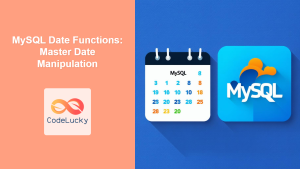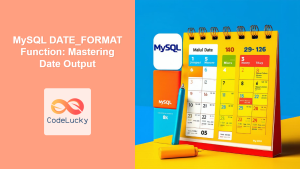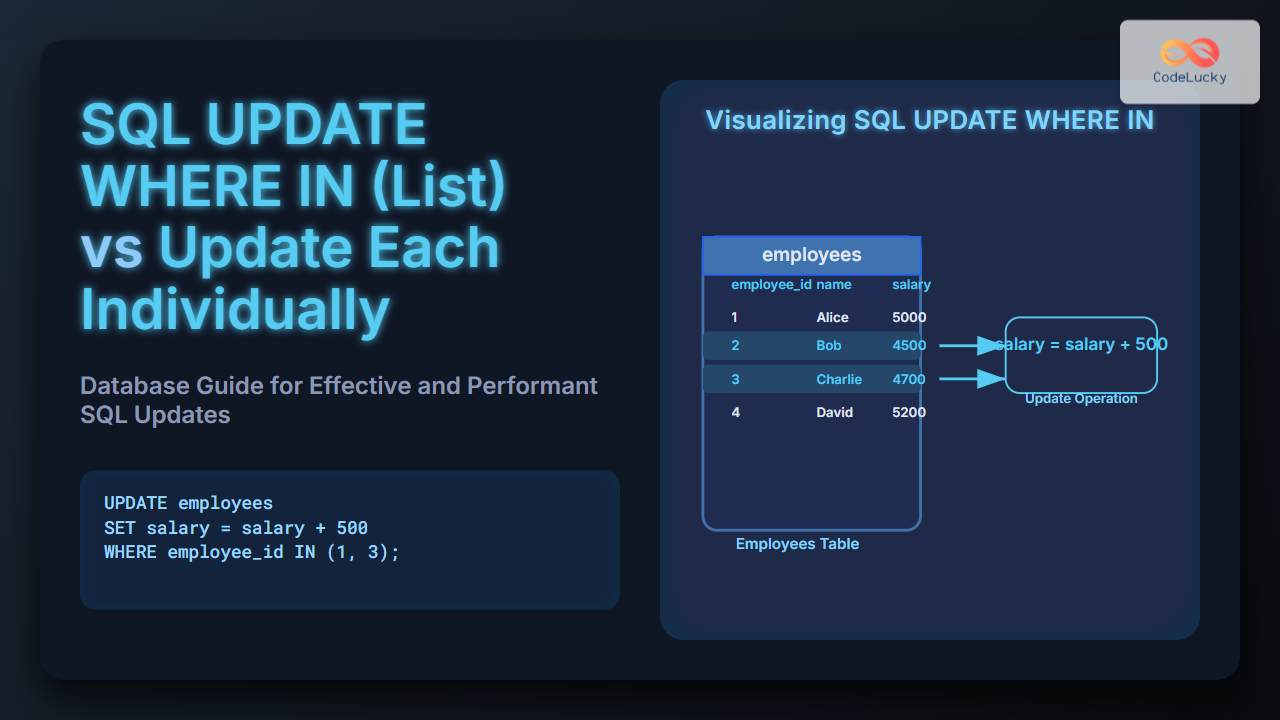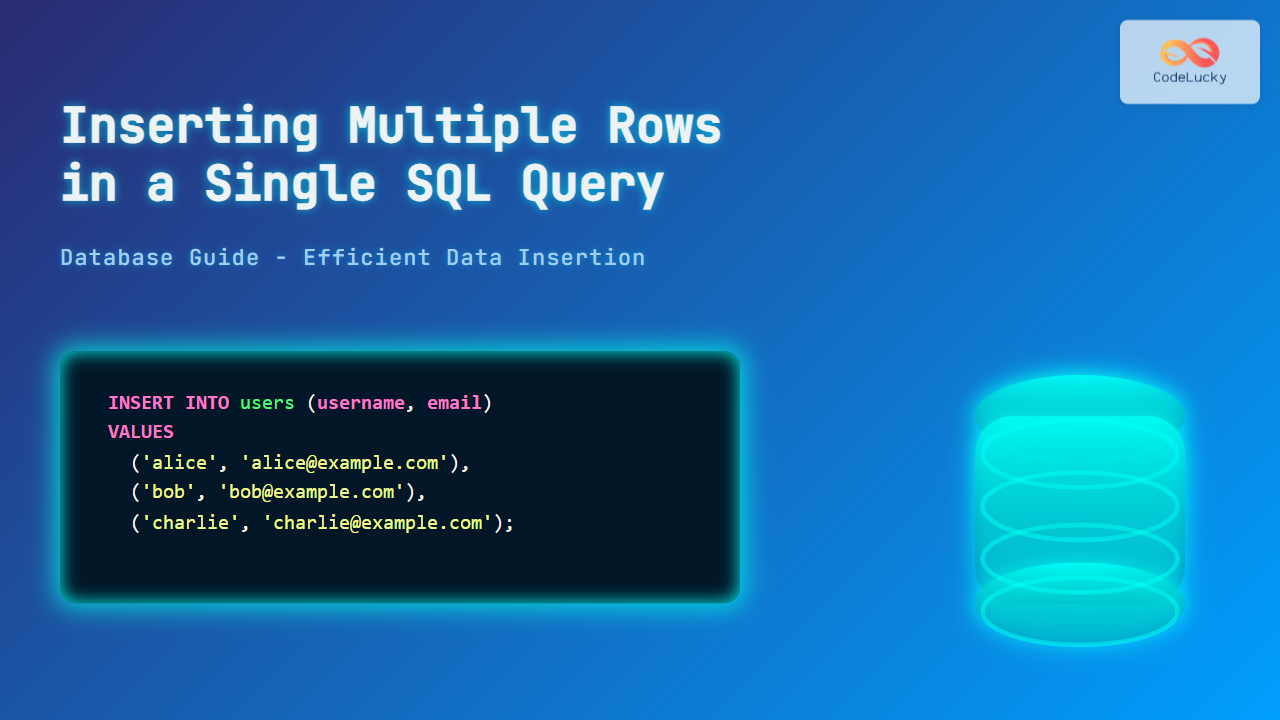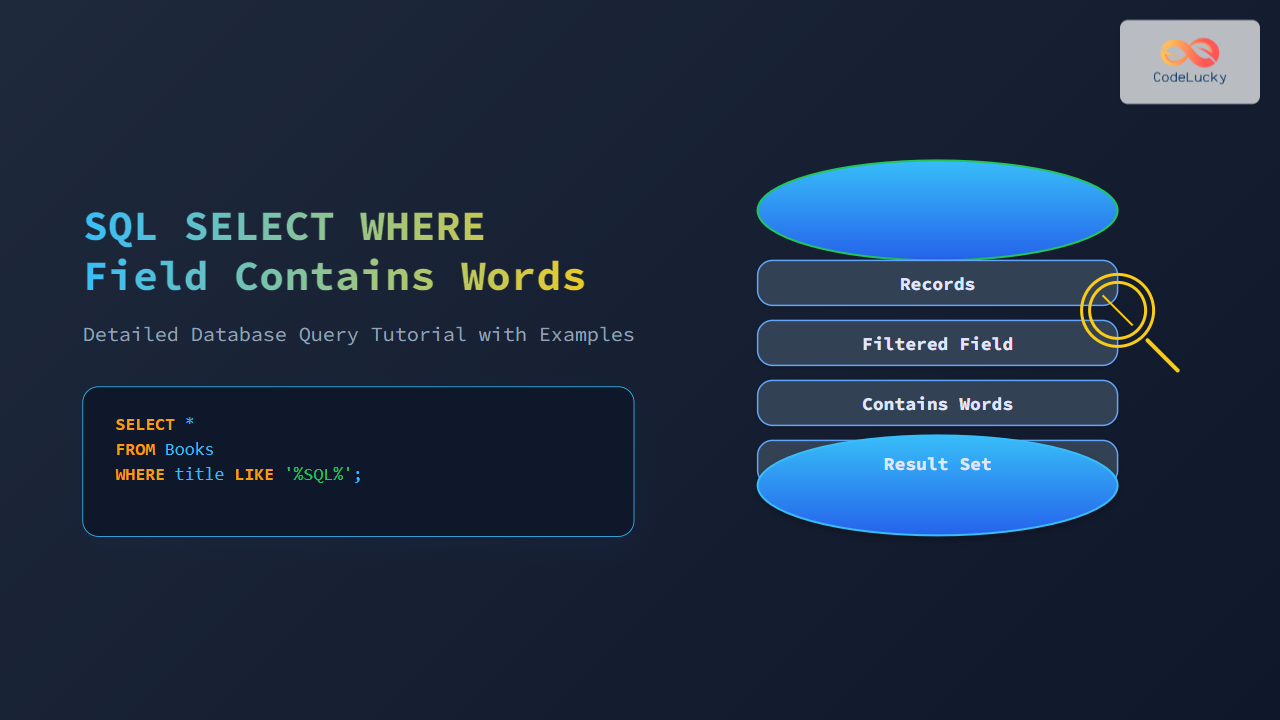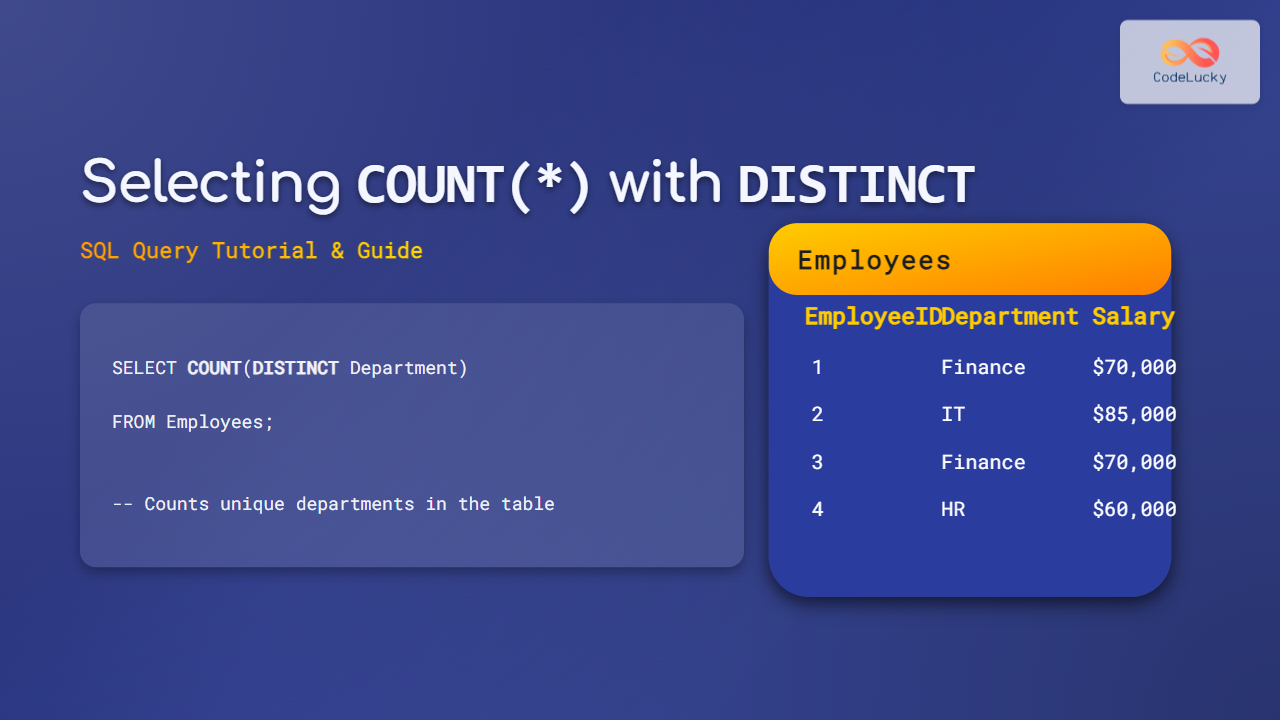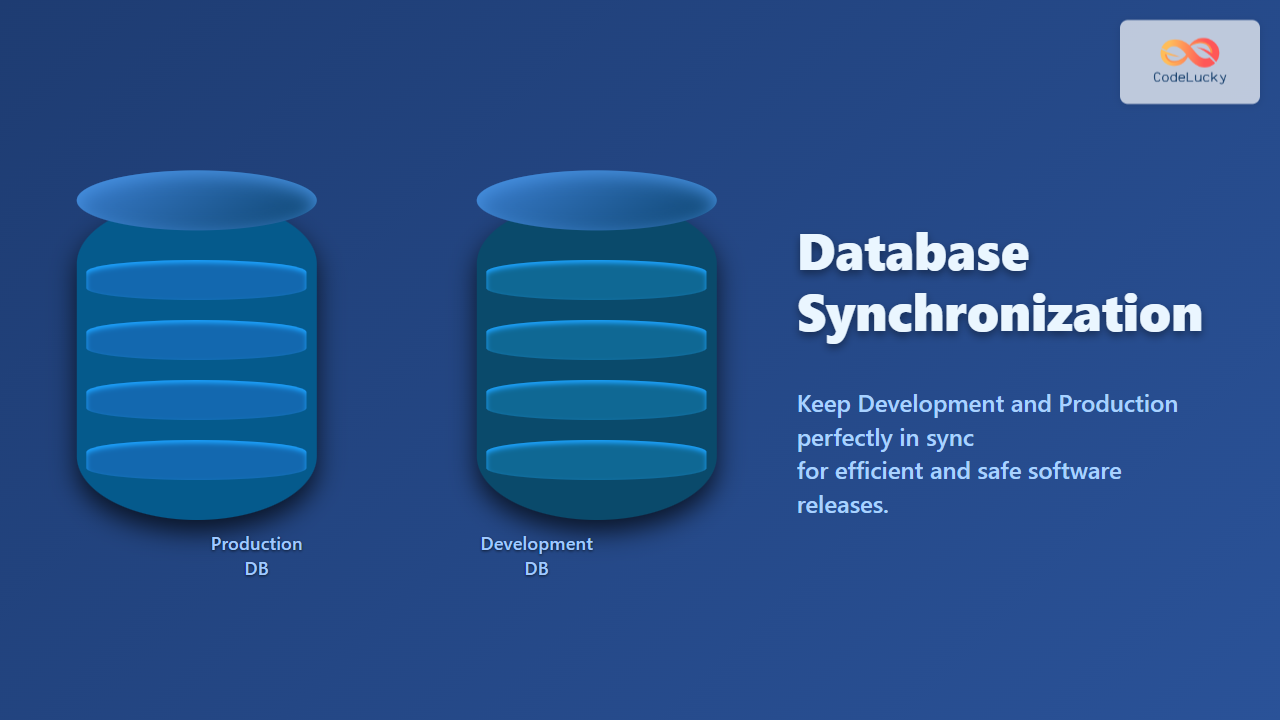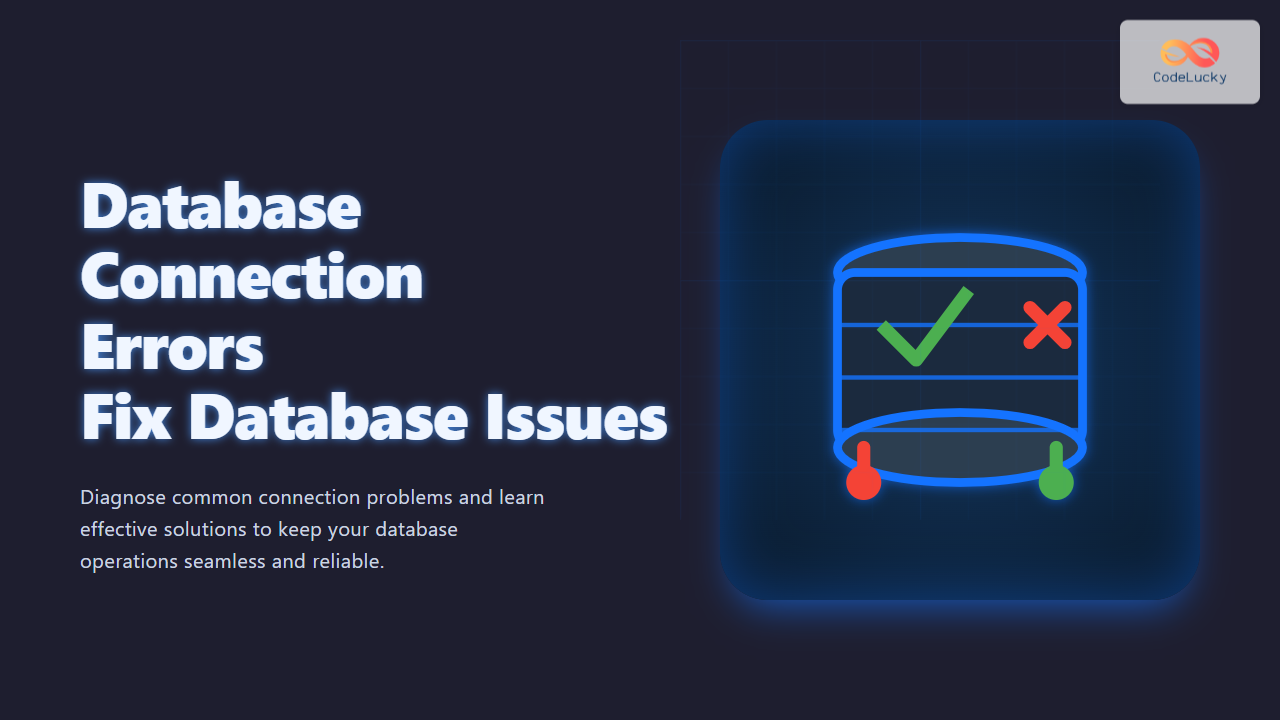The CURTIME() function in MySQL is your go-to tool for getting the current time. Whether you’re logging user activity, tracking timestamps for orders, or managing schedules, accurate time retrieval is crucial. Did you know? 💡 The concept of time tracking in databases dates back to the very first systems, and CURTIME() is a modern version of that fundamental capability!
Why Use the CURTIME Function?
Before we dive into the details, let’s explore why the CURTIME() function is essential:
🌟 Key Benefits:
- Retrieve the current time for auditing purposes
- Log event timestamps accurately in your applications
- Ensure time-sensitive operations execute correctly
- Simplify time management in your MySQL database
🎯 Fun Fact: The CURTIME() function is used billions of times daily in various applications, from social media platforms to e-commerce websites.
Basic Syntax of CURTIME
The syntax for CURTIME() is remarkably straightforward. It doesn’t require any parameters:
CURTIME();
This simplicity makes it very easy to use. Let’s see it in action:
SELECT CURTIME();
Output:
| CURTIME() |
|---|
| 14:35:20 |
🔍 Pro Tip: You can use CURTIME() anywhere you need the time—in SELECT statements, INSERT queries, or even as part of a more complex calculation.
Precision with Fractional Seconds
Sometimes, you need time with a higher degree of precision. The CURTIME() function allows you to specify the fractional seconds precision:
CURTIME(fsp);
Here, fsp is the fractional seconds precision, a value between 0 and 6.
SELECT CURTIME(3);
Output:
| CURTIME(3) |
|---|
| 14:35:20.123 |
🌈 Interesting Fact: The ability to specify fractional seconds in MySQL allows for high-precision time tracking required in many modern applications like financial trading and scientific research.
Using CURTIME in Real-World Scenarios
Logging Activity Timestamps
Let’s say you’re tracking user logins. You can automatically record the login time by using CURTIME() in your INSERT statement:
INSERT INTO user_logins (user_id, login_time)
VALUES (123, CURTIME());
Displaying Timestamps in Reports
You can also display the time when the data was retrieved.
SELECT order_id, order_date, CURTIME() AS retrieval_time
FROM orders
WHERE order_date = CURDATE()
Output:
| order_id | order_date | retrieval_time |
|———-|————-|—————-|
| 1 | 2024-07-26 | 14:35:20 |
| 2 | 2024-07-26 | 14:35:20 |
Setting Default Values
You can set a default time value for a column using CURTIME():
CREATE TABLE notifications (
notification_id INT AUTO_INCREMENT PRIMARY KEY,
message TEXT,
created_at TIME DEFAULT (CURTIME())
);
Time Zone Considerations
MySQL uses the server’s time zone by default, but you may need to be aware of time zone settings if you’re dealing with users across different locations or if your server’s time is not set correctly:
SELECT @@time_zone;
Output:
| @@time_zone |
|---|
| SYSTEM |
To set a specific time zone you can do this at the session level:
SET time_zone = '+05:30';
SELECT CURTIME();
Or you can do it at global level:
SET GLOBAL time_zone = '+05:30';
SELECT CURTIME();
⚠️ Pro Tip: Remember to handle time zone differences in your applications to avoid errors with time-sensitive data.
Best Practices for Using CURTIME
🎯 Follow these tips to use CURTIME() effectively:
- Always verify the server time zone setting if time zone is critical
- Use fractional seconds precision when needed for higher accuracy
- For time conversions, use MySQL’s time-zone conversion functions.
- Don’t store
CURTIME()directly for business logic that depend on time, use separate timestamp columns instead.
Common Pitfalls
Avoid these common mistakes when working with CURTIME():
- Forgetting to account for time zone differences
- Overusing fractional precision when it is not needed
- Not synchronizing server time with the actual time
Key Takeaways
In this guide you’ve learned:
- ✅ How to retrieve current time with
CURTIME() - ⏱️ How to use fractional precision
- 🌍 Time zone considerations
- 📝 Practical real-world scenarios
- ✨ Common pitfalls and best practices
What’s Next?
Now that you have a good understanding of CURTIME(), you are ready to explore more advanced date and time functions in our upcoming tutorials:
DATE_FORMAT(): Format dates and times in various patterns.DATEDIFF(): Calculate the difference between two dates.ADDDATE(): Add intervals to dates.SUBDATE(): Subtract intervals from dates.
Continue to practice these fundamental techniques and you’ll master time management in MySQL.
💡 Final Fact: MySQL’s date and time functions are essential for managing temporal data. These functions form the backbone of time-dependent applications worldwide!
Keep exploring, and remember that mastering time functions like CURTIME() is crucial for building reliable and accurate database applications.



